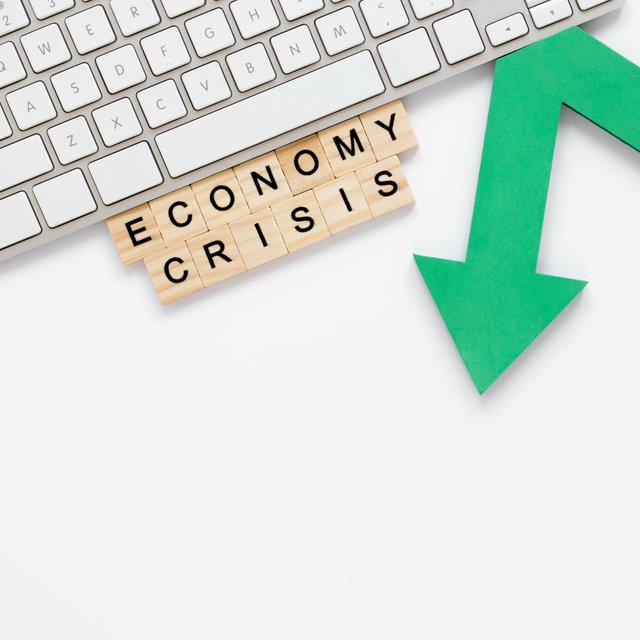In recent years, Sri Lanka has faced a challenging economic situation that ultimately led to the country defaulting on its debt obligations. The reasons behind this default are multifaceted and stem from a combination of domestic and external factors. This blog aims to delve into the key factors that contributed to Sri Lanka's debt default and shed light on the complexities surrounding the crisis.
.jpg)
Mounting Debt Burden::
One of the primary reasons for Sri Lanka's default is the significant accumulation of debt over the years. The government relied heavily on borrowing to finance ambitious infrastructure projects, post-war reconstruction efforts, and social welfare programs. However, this borrowing spree resulted in a high debt-to-GDP ratio, leaving the country vulnerable to economic shocks and making it increasingly challenging to service its debt obligations.
.jpg)
Fiscal Mismanagement::
Fiscal mismanagement played a significant role in Sri Lanka's debt crisis. The government's excessive spending, inefficient public enterprises, and subsidies strained the national budget, leading to persistent budget deficits. Insufficient revenue generation, coupled with ineffective control of public expenditure, created a vicious cycle of borrowing to cover deficits, further exacerbating the debt burden.
Economic Challenges::
Sri Lanka's economy faced various challenges that impacted its ability to sustainably manage its debt. Slow economic growth, limited export diversification, and a heavy reliance on a few sectors hindered the country's revenue generation. Moreover, poor productivity levels and inadequate investments in human capital and technology constrained the competitiveness of Sri Lankan industries, limiting their contribution to economic growth and debt servicing capacity.
.jpg)
Political Instability and Governance Issues::
Political instability and sudden changes in government leadership have plagued Sri Lanka for years. This uncertainty has impeded the implementation of consistent economic policies and reforms necessary to address the mounting debt crisis effectively. In addition, corruption, nepotism, and weak governance have further eroded public trust, hindered investor confidence, and stifled economic progress.

External Factors::
Sri Lanka's debt default was also influenced by external factors beyond its control. Global economic downturns, tightening of global financial conditions, and rising oil prices have had adverse effects on the country's ability to generate revenue and service its debt. These external shocks further heightened the challenges faced by Sri Lanka in managing its debt burden.

The Sri Lankan debt default can be attributed to a combination of factors, including the mounting debt burden, fiscal mismanagement, economic challenges, political instability, and external shocks. Addressing this crisis requires a comprehensive approach involving prudent fiscal management, structural reforms, efforts to boost productivity and competitiveness, and transparent governance. With a concerted effort to implement necessary reforms and attract sustainable investments, Sri Lanka can pave the way for a path to economic stability, debt sustainability, and long-term growth.